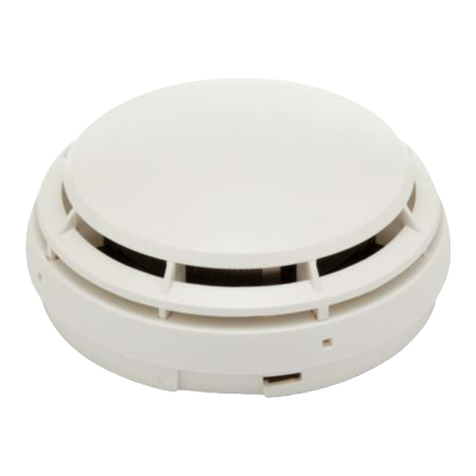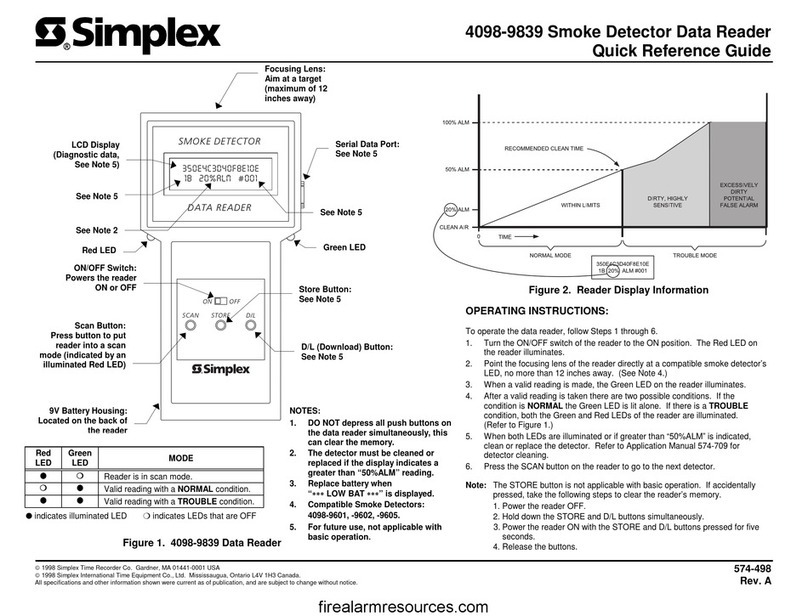
Table of Contents............................................................................................................................................. iii
General Description..........................................................................................................................................1
Introduction....................................................................................................................................................1
Electrical Specifications....................................................................................................................................3
4098-9687 Stand Alone Duct Detector Housing ...........................................................................................3
4098-9842 Duct Control Station........................................................................................................................6
Operation.......................................................................................................................................................6
Installation.........................................................................................................................................................8
Pre-Installation Routines ...............................................................................................................................8
Rules to Follow..............................................................................................................................................8
Stand Alone Duct Detector Installation........................................................................................................10
Wiring Procedures.......................................................................................................................................12
Accessory Installation..................................................................................................................................13
Detector Replacement ................................................................................................................................14
AC or DC Operation Detector Testing.........................................................................................................14
Periodic Air Test..........................................................................................................................................14
Magnetic Test for Photoelectric Detectors..................................................................................................15
Preferred Method of Testing Smoke Detectors/Sensors ............................................................................16
Air Differential Pressure Test......................................................................................................................17
Maintenance................................................................................................................................................17
Template.........................................................................................................................................................18
Table of Contents
Suffix “C”or “CA”following an 8-digit Product ID number denotes ULC-listed product.
2000 Simplex Time Recorder Company, Westminster MA 01441-0001 U.S.A.
2000 Simplex International Time Equipment Co., Ltd., Mississauga, Ontario L4V 1H3 Canada.
All specifications and other information shown were current as of publication, and are subject to change without notice.
iii






























